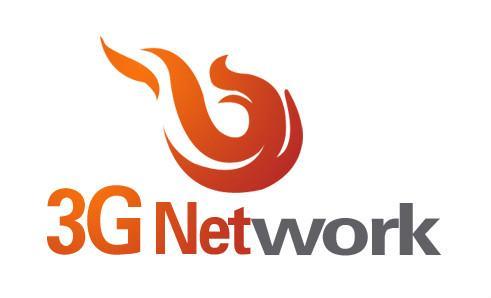3G is short for ‘third generation’, pointing to its position as the third generation of wireless mobile telecommunications technology. The 3G network was first available in May 2001 as a pre-release (test) of W-CDMA technology and became commercially available later that same year. The network protocol came as the upgrade to the prevalent 2G and 2.5G GPRS networks, offering faster and more reliable internet access.
Mobile wireless technology has gone through over 5 generations of evolution, starting from 0G to 5G. 0G refers to pre-cell phone mobile technology (like the Jurassic era of mobile networks), mostly seen in radiotelephones in cars of those days. After 0G, 1G was launched in Japan in 1979 as the first commercially automated cellular network.
In those good ol’ days, they weren’t many internet-enabled mobile phones. They were barely even any mobile phones. But there was the Nokia 9000 Communicator, one of the first devices to access the internet through an LCD display. In 2001 Ericsson created the T68 smartphone with the first colour display and a simple web browser.
The high connection speeds of 3G technology helped shape the future of mobile telephony. Media streaming of multimedia content to mobile devices became possible with 3G. 3G also finds application in wireless voice telephony, mobile Internet access, fixed wireless Internet access, video calls and mobile TV.
The 3G standard is still very popular in developing countries despite the dominance of the 4G network (and 5G soon) in other places. 3G still helps to drive innovation in such places.

